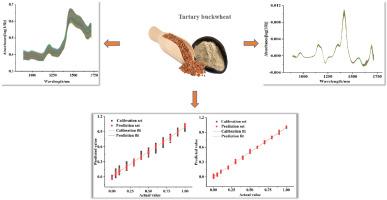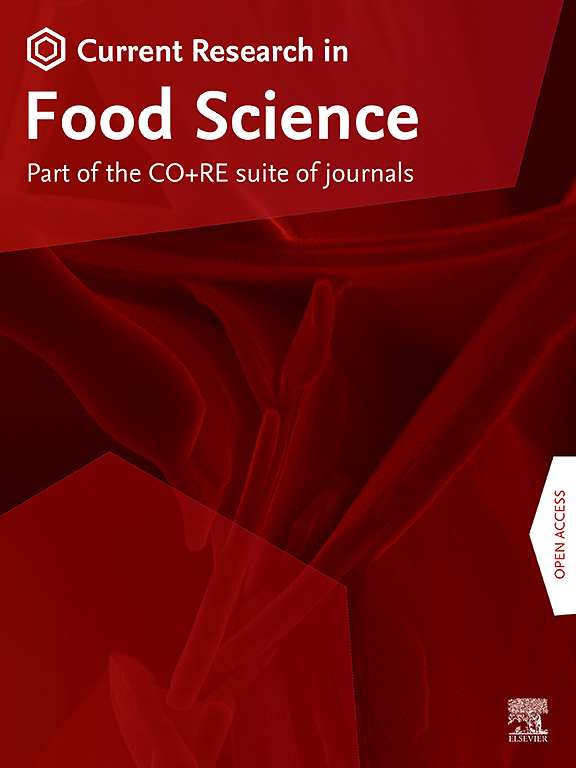Identification of common buckwheat (Fagopyrum esculentum Moench) adulterated in Tartary buckwheat (Fagopyrum tataricum (L.) Gaertn) flour based on near-infrared spectroscopy and chemometrics
Abstract
Near-infrared spectroscopy (NIRS) presents great potential in the identification of food adulteration due to its advantages of nondestructive, simple, and easy to operate. In this paper, a method based on NIRS and chemometrics was proposed to predict the content of common buckwheat (Fagopyrum esculentum Moench) flour in Tartary buckwheat (Fagopyrum tataricum (L.) Gaertn) flour. Partial least squares regression (PLSR) and support vector regression (SVR) models were used to analyze the spectrum data of adulterated samples and predict the adulteration level. Various preprocessing methods, parameter-optimization methods, and competitive adaptive reweighted sampling (CARS) wavelength-selection methods were used to optimize the model prediction accuracy. The results of PLSR and SVR modeling for predicting of Tartary buckwheat adulteration content were satisfactory, and the correlation coefficients of the optimum identification models were above 0.99. In conclusion, the combinations of NIRS and chemometrics indicated excellent predictive performance and applicability to analyze the adulteration of common buckwheat flour in Tartary buckwheat flour. This work provides a promising method to identify the adulteration of Tartary buckwheat flour and results obtained can give theoretical and data support for adulteration identification of agro-products.


 求助内容:
求助内容: 应助结果提醒方式:
应助结果提醒方式:


